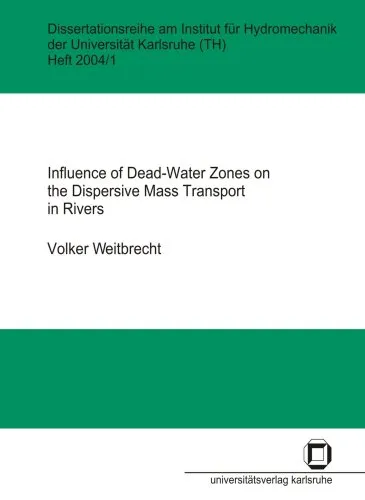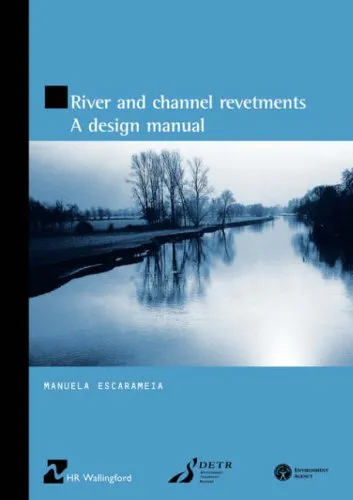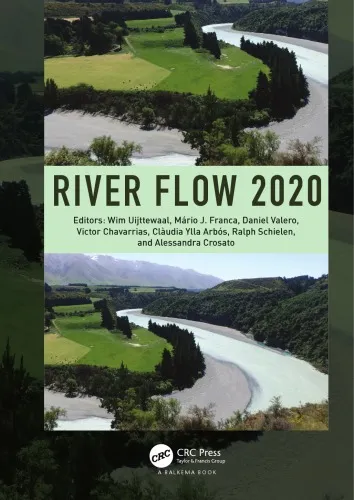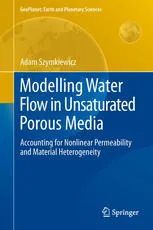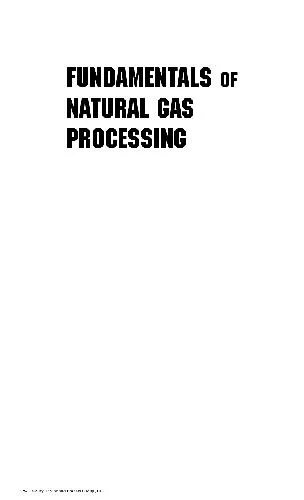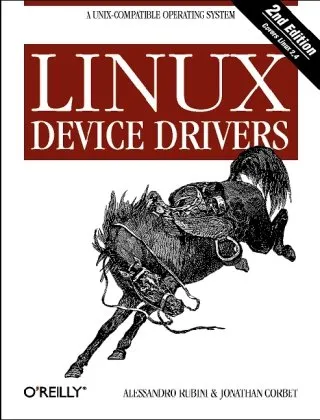Influence of Dead-Water-Zones on the Dispersive Mass Transport of Rivers
5.0
Reviews from our users

You Can Ask your questions from this book's AI after Login
Each download or ask from book AI costs 2 points. To earn more free points, please visit the Points Guide Page and complete some valuable actions.Related Refrences:
Introduction to 'Influence of Dead-Water-Zones on the Dispersive Mass Transport of Rivers'
Welcome to a comprehensive exploration of hydrodynamics and mass transport mechanisms in riverine environments. In this book, we delve into the intricate dynamics of dead-water zones and their profound influence on the dispersive mass transport of rivers. As urbanization and climate change continue to exert pressure on our natural water bodies, understanding these processes becomes indispensable for effective water resources management and ecological conservation.
Detailed Summary of the Book
The book presents a meticulous investigation of dead-water zones—areas in rivers where water movement is significantly slower than in the main flow channel. These zones, often overlooked in conventional river modeling, play a crucial role in the dispersion of pollutants, nutrients, and sediments. By integrating theoretical insights with empirical data and advanced hydrodynamic modeling, this volume reveals the nuances of mass transport processes influenced by these stagnant or slow-moving water zones.
The introductory chapters provide a solid foundation in the principles of fluid dynamics, crucial for understanding mass transport phenomena. Subsequent sections delve into the identification and characterization of dead-water zones, exploring parameters such as geometry, flow dynamics, and environmental factors that contribute to their formation. Using case studies from diverse river systems, the book demonstrates the displacement and dilution patterns of various solutes within these zones.
A key focus is the integration of dead-water zone effects into mathematical models for predicting riverine transport. Recent advancements in computational fluid dynamics (CFD) are discussed, illustrating how simulation tools enhance our capability to forecast pollutant dispersion more accurately. The book also addresses practical implications for environmental engineering, showcasing strategies for mitigating negative impacts on water quality and aquatic ecosystems.
Key Takeaways
- Understanding dead-water zones is critical for accurate modeling of river mass transport.
- These zones significantly impact pollutant, nutrient, and sediment dispersion.
- Integration of CFD tools advances prediction and management of riverine transport processes.
- Effective strategies can be developed to preserve water quality and protect aquatic ecosystems.
Famous Quotes from the Book
"Dead-water zones, though sluggish and unassuming, hold the secrets to the complex dance of dispersion in our river systems."
"Understanding the silent shifts in stagnant waters unveils a new realm of possibilities in water resources management."
Why This Book Matters
'Influence of Dead-Water-Zones on the Dispersive Mass Transport of Rivers' is a seminal piece that bridges gaps in the conventional understanding of river hydrodynamics. As rivers face increased pollution loads and changing environmental conditions, the insights provided here are vital for scientists, policymakers, and environmental engineers. This book not only enhances academic knowledge but also delivers practical solutions for safeguarding our water resources against future challenges.
By focusing on often-neglected aspects of riverine environments, it encourages a paradigm shift in how we approach hydrological studies and management strategies. Researchers and practitioners alike will find the methodologies and findings in this book invaluable for advancing the field and ensuring the sustainability of our water bodies for generations to come.
Free Direct Download
You Can Download this book after Login
Accessing books through legal platforms and public libraries not only supports the rights of authors and publishers but also contributes to the sustainability of reading culture. Before downloading, please take a moment to consider these options.
Find this book on other platforms:
WorldCat helps you find books in libraries worldwide.
See ratings, reviews, and discussions on Goodreads.
Find and buy rare or used books on AbeBooks.
1422
بازدید5.0
امتیاز0
نظر98%
رضایتReviews:
5.0
Based on 0 users review
Questions & Answers
Ask questions about this book or help others by answering
No questions yet. Be the first to ask!
